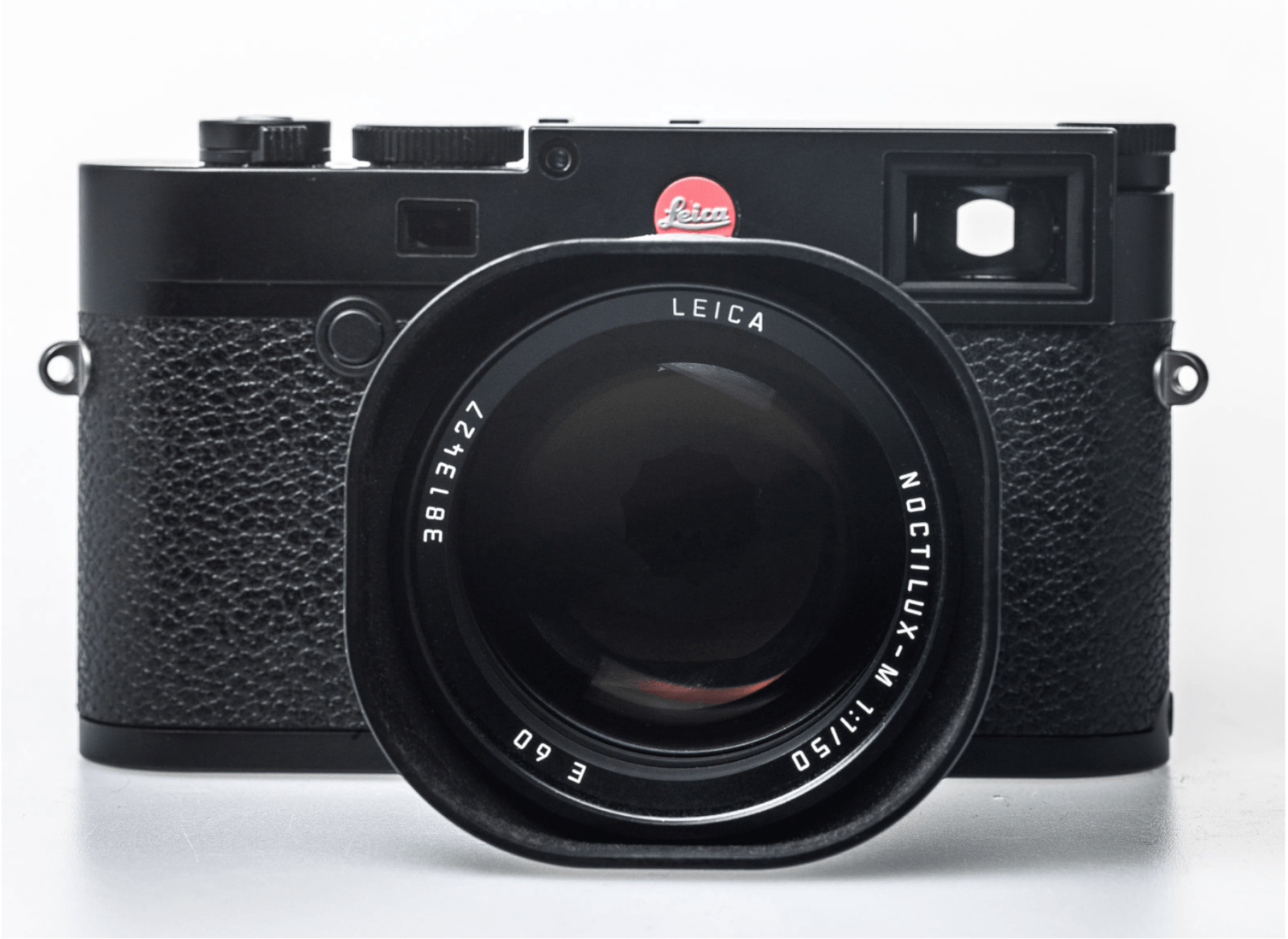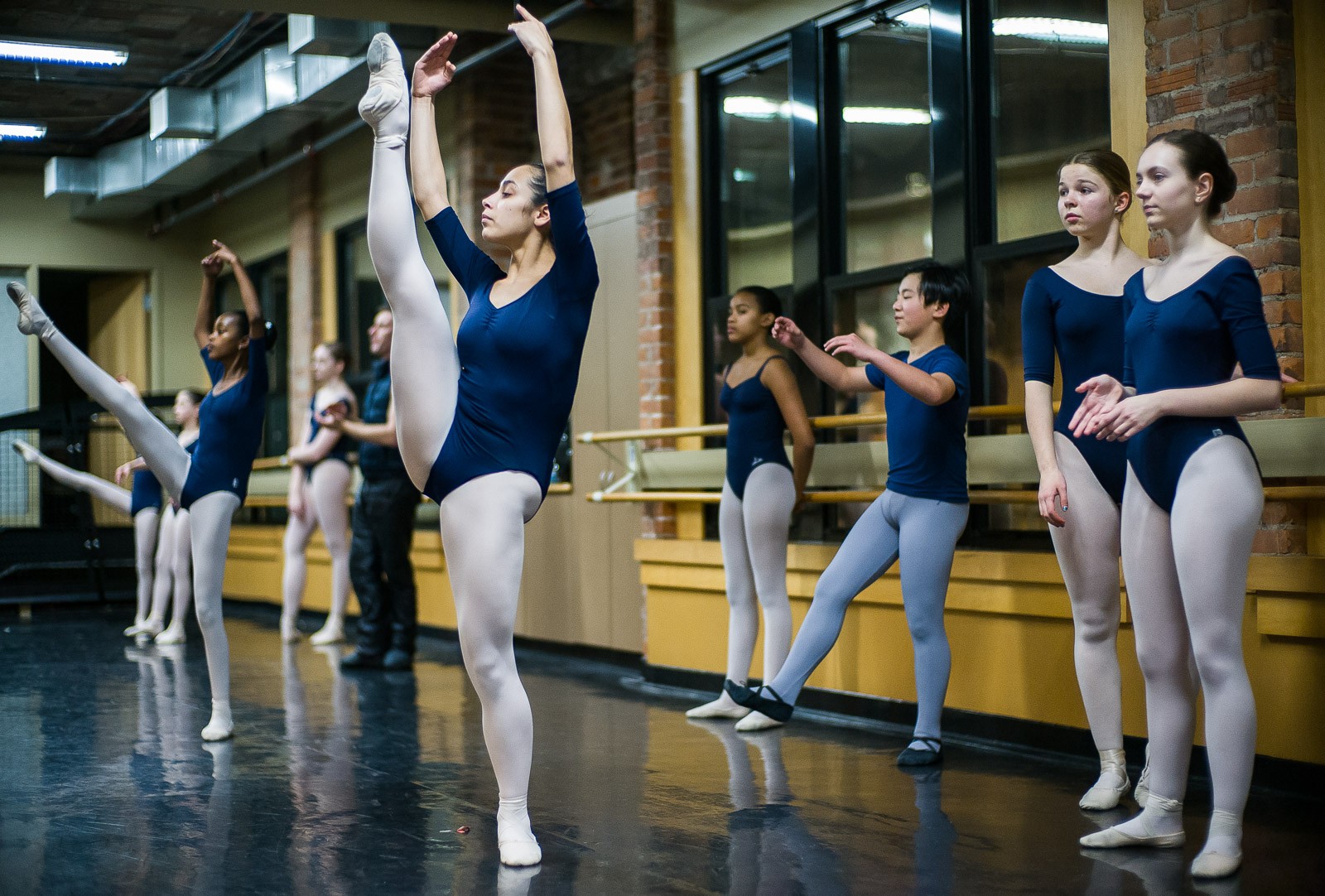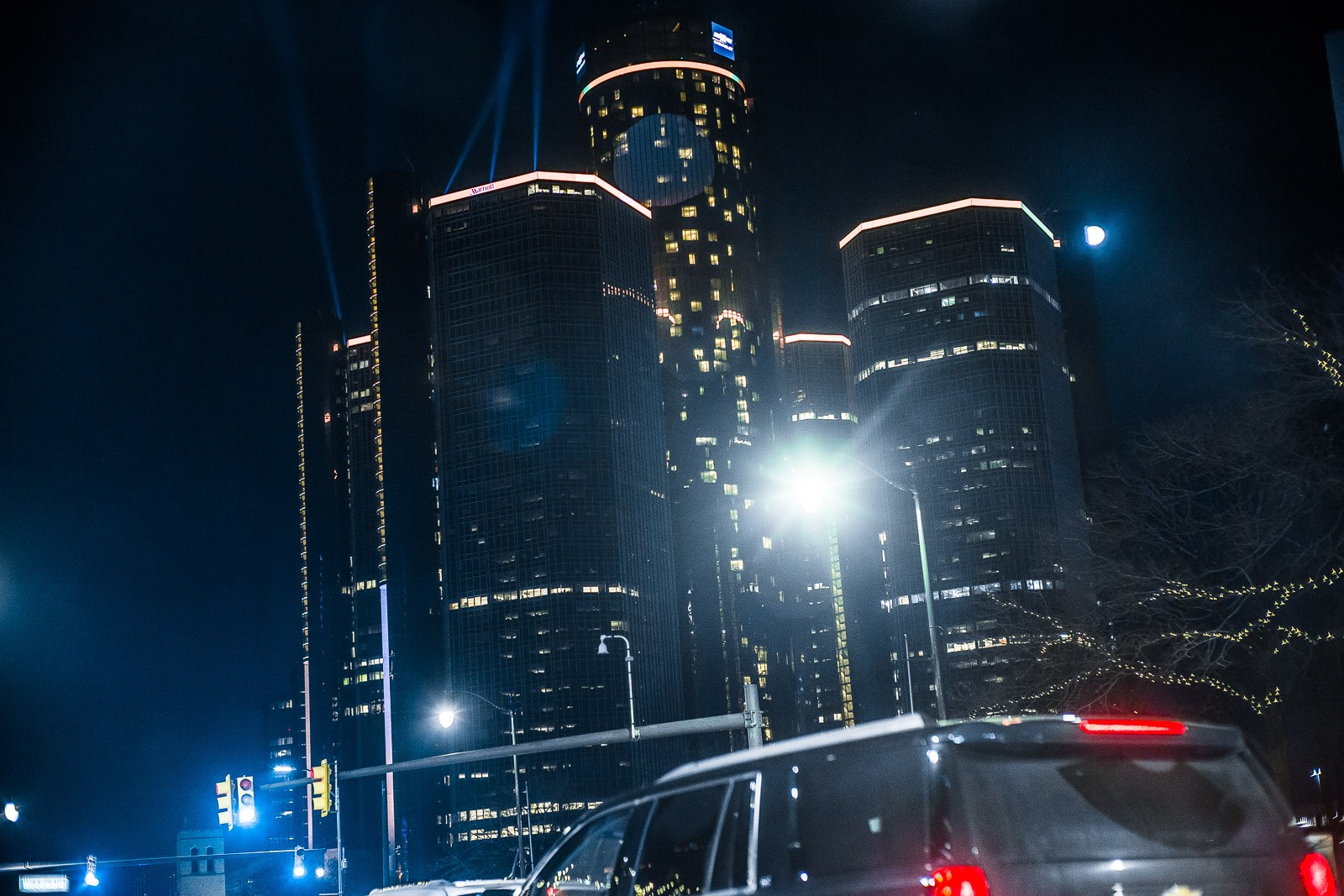Leica M10 Preview
Leica M10 is the fourth generation digital rangefinder camera from Leica, and it was much anticipated by professionals and enthusiasts alike. Indeed, knowing that each new M was in some respect groundbreaking, it would be logical to assume just that. What can I say? Yet again, Leica did not disappoint. Thanks to Dr. Ulrich Rohde who was instrumental in getting a camera to me for testing in time, I was able to learn it firsthand.
All previous M cameras have been formidable performers, however, those advances came at cost. Both M8 and M9 and M240 were larger and heavier than the film cameras of the past, and they all had limitations of their own that I had to learn how to circumvent, or sometimes use to my advantage. So, what Leica did this time to blow my mind? Instead of engaging in a megapixel arms race with other camera manufacturers, it simply made all my wishes about a rangefinder camera come true:
- The first thing that immediately got my attention is the size. Leica M10 fits my old M6 Luigi case! Not that I was dreaming about reusing it, all I wanted was a smaller and lighter camera. Well, it is maybe a millimeter or two taller than M6, but at less than 34mm thick it is just as slim and light. I do not want to know how they did it, as what I care about is how great it feels in my hands. It is really amazing what a difference mere 3mm of girth can make.
- Visually, M10 design is as close to film M as it gets. M7-style rewind knob on the left side is there, and now it became a manual ISO dial. In my opinion, it is a brilliant solution for the exposure adjustment in the manual mode. Colors and contrast really do not change within 80% of the ISO range, so if a picture requires a certain f-stop and a shutter speed, the overall brightness can be changed on the fly without digging into a menu. For those who find the manual mode too tedious, M10 offers auto ISO and, in addition, has a nice feature of automatically limiting the shutter speed to f/4 (f in this instance stands for a focal length) to ensure that the image quality is not compromised by the motion blur.
 No more body paint. Anodized black, or chrome finish, just like M8 was. No “M10” sign on the front. Camera model and the serial number are on both lugs of a hot shoe. The red dot is still there, naturally. An optical viewfinder has 0.72x magnification and battery-powered bright lines that are actually bright, regardless of where the light comes from (a great improvement over the M9). The viewfinder is actually larger than it was on previous models, which, despite higher magnification, makes 28mm frame lines visible. Another welcoming development is some serious simplification of the rear of the camera. There are only three buttons next to the LCD, an M240-style four-way click disk on the right and also an M240-style click wheel where a film crank used to be. An on-off switch is no longer coupled with shutter modes. Maybe someone will miss it, but for me the C and a self-timer presented more of a nuisance than a convenience: quite often, sliding the M9 in a bag shifted the switch into the continuous mode, and later I would be wondering where this a couple of dozen black frames have come from.
No more body paint. Anodized black, or chrome finish, just like M8 was. No “M10” sign on the front. Camera model and the serial number are on both lugs of a hot shoe. The red dot is still there, naturally. An optical viewfinder has 0.72x magnification and battery-powered bright lines that are actually bright, regardless of where the light comes from (a great improvement over the M9). The viewfinder is actually larger than it was on previous models, which, despite higher magnification, makes 28mm frame lines visible. Another welcoming development is some serious simplification of the rear of the camera. There are only three buttons next to the LCD, an M240-style four-way click disk on the right and also an M240-style click wheel where a film crank used to be. An on-off switch is no longer coupled with shutter modes. Maybe someone will miss it, but for me the C and a self-timer presented more of a nuisance than a convenience: quite often, sliding the M9 in a bag shifted the switch into the continuous mode, and later I would be wondering where this a couple of dozen black frames have come from. The menu is just three (yes, THREE, 3) pages long. I mean, short. Just like on Leica SL, there is a “FAVORITES” page, where you can put all the essentials that you really need.
The menu is just three (yes, THREE, 3) pages long. I mean, short. Just like on Leica SL, there is a “FAVORITES” page, where you can put all the essentials that you really need.
To sum up, all controls, both digital and analog, are so intuitive and self-explanatory that I just took the camera and went to take pictures at a ballet practice. Only later I realized that M10 was sent to me without a manual.
- With the smaller package comes less power, right? Wrong. It has a 24-megapixel sensor with live view and ISO going all the way up to 50,000. While I would not go that high for something important, ISO12500 looks smoother than ISO3200 on Leica SL. It is a true low-light camera. Put a Noctilux on it, and candlelight will be too much.As all modern self-respecting cameras, M10 comes with GPS tagging and WiFi capability, and it is fully compatible with Leica Visoflex electronic viewfinder to make Live View more practical, which, just like with M240, allows use of Leica R lenses. Of course, other third-party lenses can be used too. As a side note, even though M10 and Visoflex EVF are fully compatible, some early copies of Visoflex, according to Dr. Rohde, may function erratically (as they also did with T cameras). So, if you are planning on finding a used one, I would strongly advise to test it first.There are a few things that M10 does not have, and I am not missing them a tiny bit: video recording, USB connection, a notorious “discreet shutter mode” and a 1/8000 shutter speed. For the whole time that I owned an M8 with a high-speed shutter, I have not shot a single frame at 1/8000. OK, If I really need to use a Noctilux wide open in the middle of the day in Honolulu, I have a polarizing filter with an operating cost of two stops of exposure.
- Color fidelity has been the main issue with digital M cameras in the past. M8, that had IR contamination issues; M9 produced beautiful colors that were punchier than Bollywood movies; M240 to some people looked too flat and in some instances really butchered skin tones. M10 thwarts this problem in its all entirety. It introduces no interference with the color and contrast signature of a lens used. Moreover, below ISO12500 there is no difference in color and contrast among ISO values. Yes, out-of-camera DNG files look a bit flat, but this is simply a consequence of the high dynamic range. Much like in professional video formats, the image looks flatter because it has more visual information across the whole tonal range. The logic is simple: it is always easier to increase both overall and micro contrast later in Lightroom than trying to salvage the shadow and highlight detail from an M9 file when it is just not there. Another issue commonly associated with color fidelity is the performance of AWB. This is not as simple as one might think, as color temperature of daylight in different parts of the world is not necessarily the same. For instance, in USA it is close to 6500K, which is quite a bit higher than European 5500K. The reasons are different latitudes and also the fact that American East Coast, Midwest and Great Plains have cleaner air than Western Europe due to more wind. This is the reason why people in different countries may be reporting differences in how AWB interprets daylight. Perhaps, as one of the future firmware enhancements to the GPS feature (the GPS unit is integrated with the Visoflex electronic viewfinder), the camera can be loaded with geographical data on daylight color temperatures, and the issue will be solved once and for all.In fact, the noise level is so low and the dynamic range is so high that to get the same B&W look that M9 spits out at ISO1250 is only possible at ISO12500 and above and it requires completely different noise reduction settings in Lightroom, or Adobe Camera RAW. So, definitely there is a learning curve, but anyone who progressed in photography high enough to be really interested in shooting Leica M should be able to figure the post-production workflow in a matter of an hour.Just to make sure that my message is getting across, I want to reiterate that M10 image quality, in my opinion, is outstanding. I will not hesitate to use ISO6400 commercially, and anything below that value is of magazine print quality, without any tricks in post-production.
- Now, the sad part (well, for some): if you were counting on re-using your old M240 batteries, do not light your candles. To make the camera slimmer, the battery had to be redesigned. Even more so, due to some secret technological breakthroughs, M10 needs less power, hence the smaller battery.

Leica has always been an innovator, from the day Oscar Barnak developed the very first commercially successful 35mm film camera. Yet, it has been developing photographic technology while adhering to its legacy. If you ever felt that Leica departed from it somewhat in its latest models, this is the time to rethink your position. As with any new product, I am sure, there will be some hiccups resulting in new firmware releases and heated discussions on photography forums. However, one thing I can say for sure: M10 took photography to its basics and at the same time set a new standard for the image quality.
Irakly Shanidze © 2017







Comments are closed.